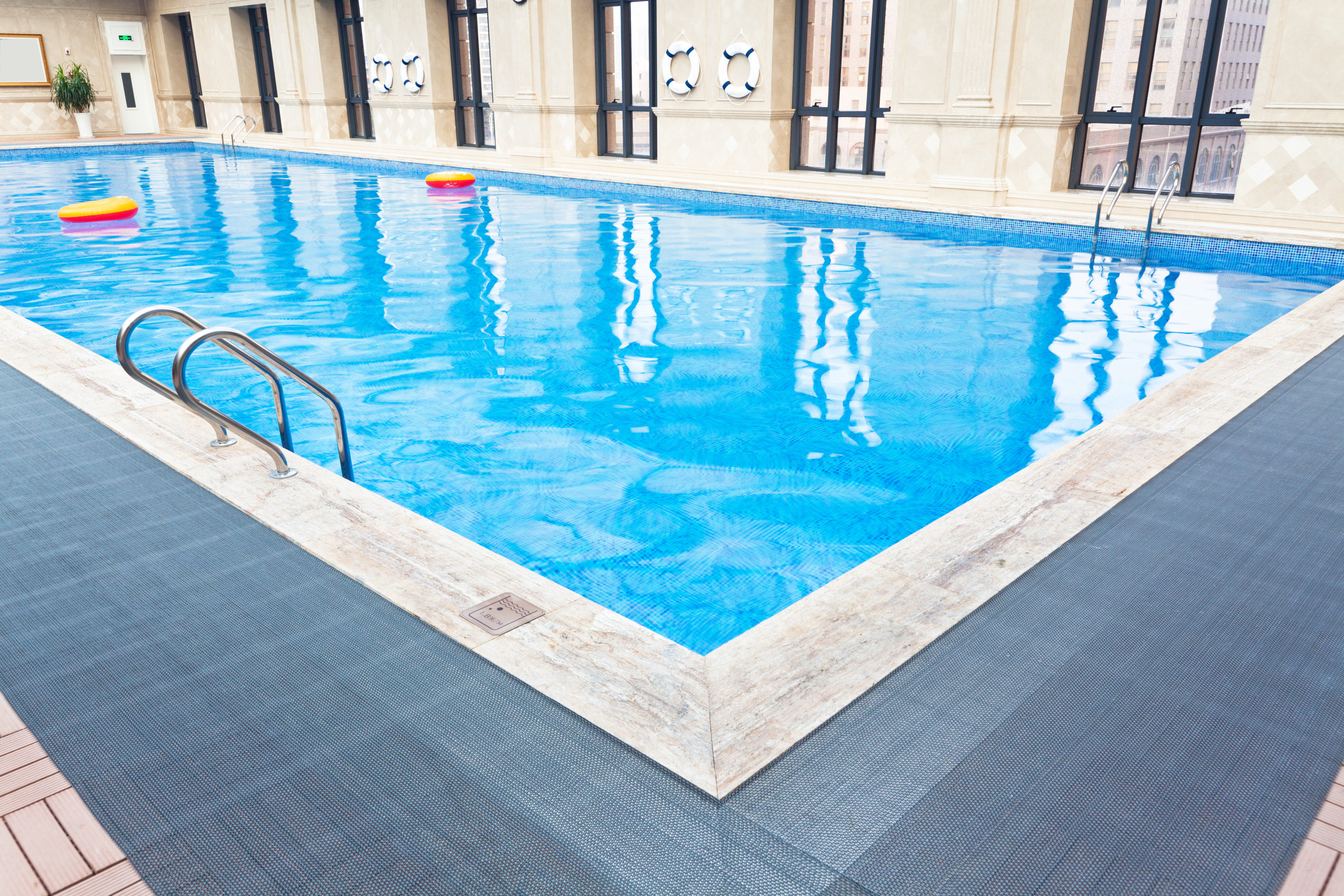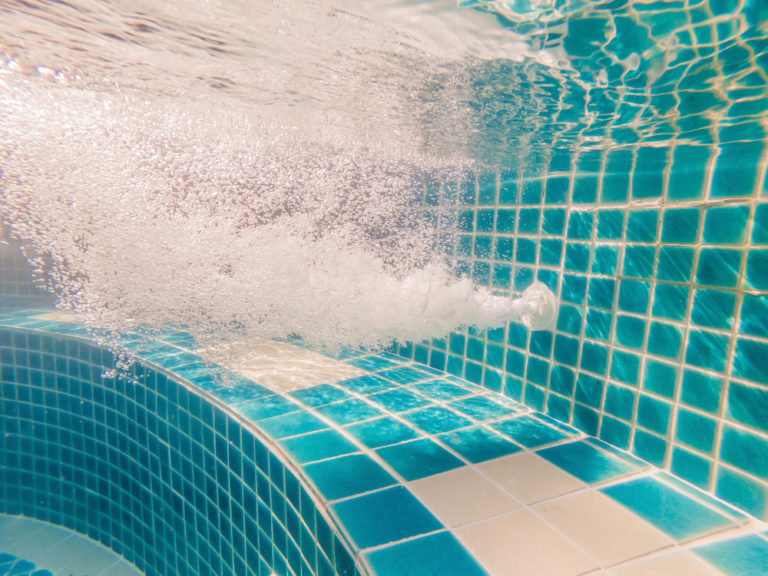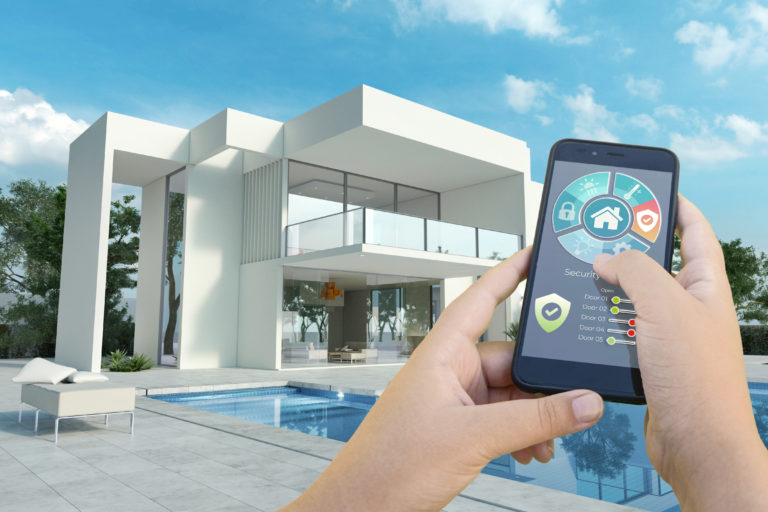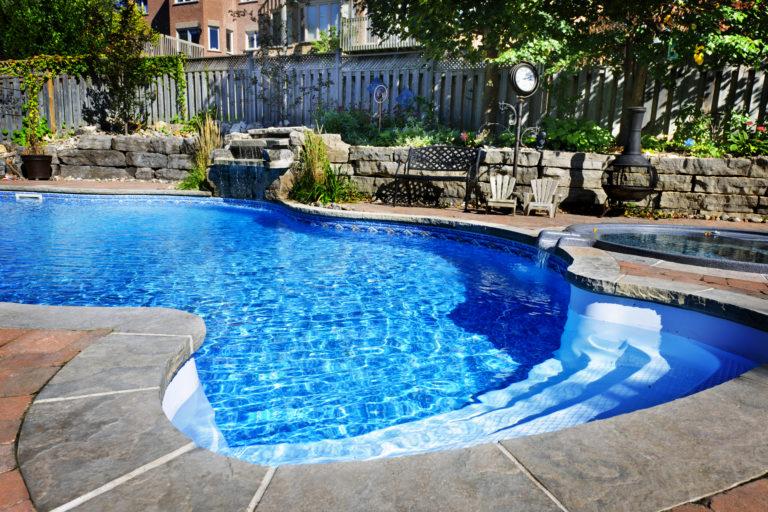Understanding the Importance of Proper Pool Ventilation
You’ve got a pool, but do you know how crucial good ventilation is? It’s not just about comfort; it’s about health and safety too.
In this article, you’ll discover the importance of proper pool ventilation, how it works, and why neglecting it isn’t an option.
We’ll also clue you in on common mistakes and give you expert tips to optimize your pool’s ventilation system.
Dive in now to keep your swimming experience refreshing and safe!
Exploring the Basics of Pool Ventilation
You’re about to dive into the basics of pool ventilation, an aspect you shouldn’t underestimate for maintaining a healthy swimming environment.
To begin, let’s consider ventilation types comparison. You’ve got mechanical and natural systems at your disposal. Each has its pros and cons, but ultimately it depends on your specific needs.
Mechanical ventilation uses fans and ducts to control air movement, providing consistent results regardless of weather conditions. It’s efficient but can be costly in terms of energy use.
On the other hand, natural ventilation relies on wind and building design to circulate fresh air. It’s eco-friendly and cost-effective but might not always provide adequate ventilation.
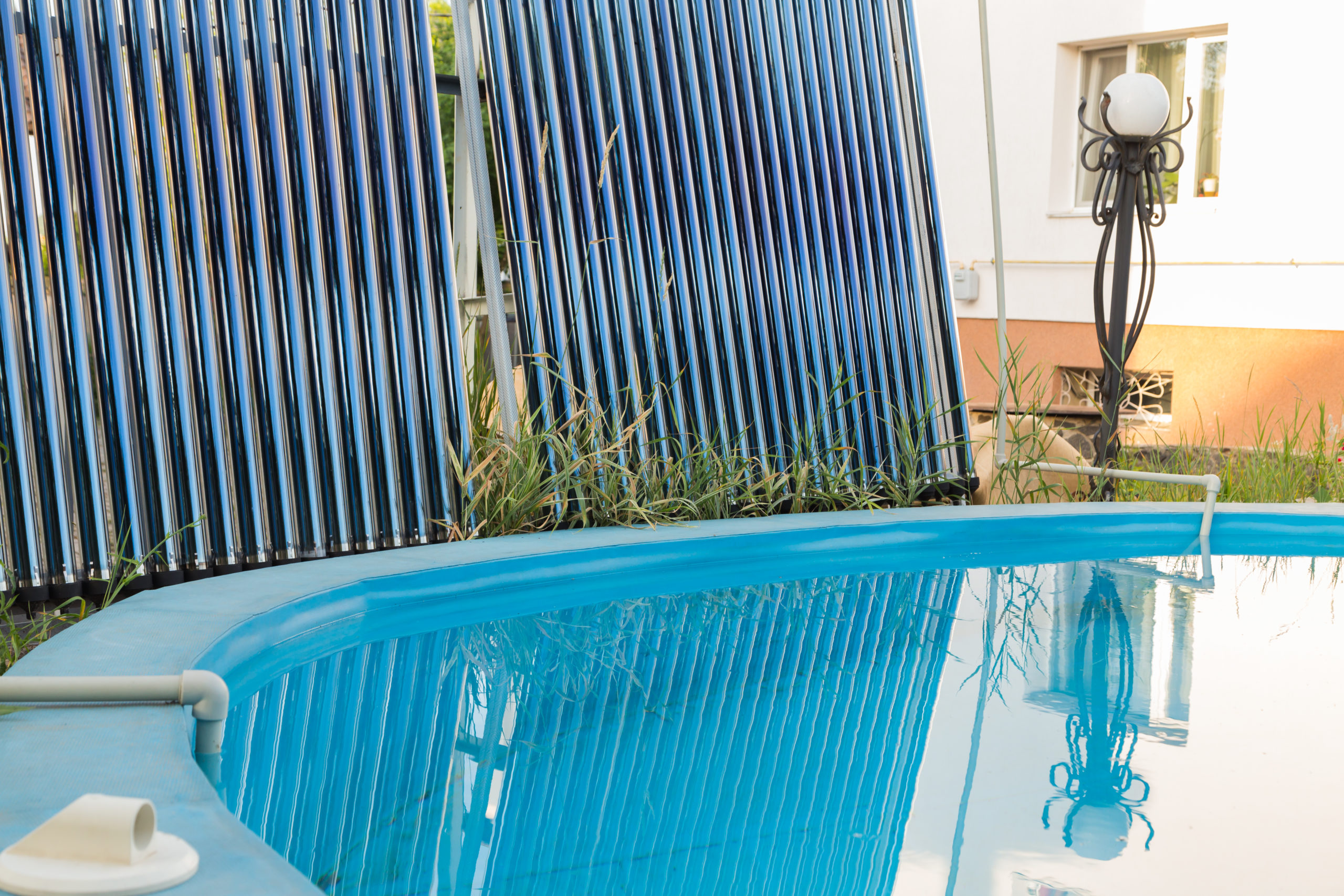
Now that we’ve compared the types, let’s discuss cost-effective ventilation solutions. One way is by installing energy-efficient equipment like variable speed fans or heat recovery ventilators that minimize power consumption while maximizing performance. Another approach is designing a smart layout that optimizes natural airflow, reducing reliance on mechanical systems.
Remember though, every pool is unique so what works best for one might not work for another. You’ll need to assess your pool’s specific requirements before deciding which system fits best for you.
How Pool Ventilation Works
In managing your indoor swimming area, it’s vital to grasp how the airflow system functions. You see, the ventilation system is more than just fans and ducts; it’s a complex network designed for both comfort and safety.
Understanding this system can lead to significant improvements in ventilation cost effectiveness. When you’re aware of how everything works, you’re better able to identify inefficiencies and make necessary adjustments. For instance, if the air isn’t circulating properly or there are hot spots around the pool, tweaking the fan speed or adjusting duct positions could resolve these issues without major expenditure.
Of course, regular ventilation system maintenance plays a critical role here as well. A poorly-maintained system won’t perform efficiently no matter how well-designed it is. So make sure you’re keeping up with routine checks and cleanings. Replace filters regularly and keep an eye on overall performance.
Remember: a well-understood and maintained ventilation system not only saves money but also contributes to a healthier environment for swimmers. So take time to learn about your pool’s airflow setup – it’ll pay off in the long run!
The Role of Ventilation in Maintaining Pool Health
It’s crucial to realize that a well-maintained airflow system plays a significant role in keeping your swimming area healthy and safe. Proper ventilation aids in controlling humidity, discourages the growth of harmful bacteria, and enhances your overall pool experience. While you might fear the potential ventilation costs, consider this as an investment towards health and safety.
Here are some key ways proper ventilation maintenance can benefit you:
* Cost-efficiency: Efficient airflow systems use less energy, cutting down your bills over time.
* Improved air quality: A well-ventilated area reduces the concentration of chemical vapors from pool chemicals, ensuring cleaner air for breathing.
* Durability of fixtures: Reduced humidity levels help prevent damage to the pool area’s structure and furnishings.
Remember that regular maintenance keeps these benefits at their peak. Don’t skimp on servicing; it’ll cost more when problems arise due to neglect. It’s better to invest in periodic ventilation maintenance than face hefty repairs down the line.
In essence, good ventilation is not just about spending wisely but also about securing everyone’s health who uses your swimming pool.
Dehumidification and Its Importance in Pool Ventilation
Dehumidification is a key factor in maintaining the health and safety of your swimming area. Moisture control strategies are essential in managing humidity levels, keeping the environment comfortable, and preserving the integrity of the building structure.
Innovative dehumidification technologies have emerged to help you handle this task more efficiently. These systems work by extracting excess moisture from the air, reducing condensation, and preventing mold growth – common problems associated with high humidity.
You might think that opening windows or using portable dehumidifiers could do the trick, but they aren’t always effective for larger spaces like indoor pools. Instead, consider integrated pool ventilation systems equipped with advanced dehumidification features. They’re designed for such demanding environments and can provide comprehensive moisture control solutions.
Remember, proper ventilation isn’t just about circulating fresh air; it’s equally important to manage humidity levels too. So don’t overlook the role of dehumidification in creating a healthier and safer swimming area for everyone. Embrace these modern tools; they’ll not only improve your space’s comfort but also extend its lifespan by shielding it against potential damp-related damages.
Make smart choices today for better pool health tomorrow!
The Significant Benefits of Proper Pool Ventilation
You’ll find that managing humidity and ensuring good air circulation can lead to numerous benefits, like enhanced swimmer comfort, improved air quality, and extended building lifespan. The balance between ventilation costs efficiency and the benefits it brings is crucial for any pool owner.
With an efficient ventilation system, you’re not just reducing your energy consumption but also saving on maintenance costs. Regular servicing of your ventilation system ensures its aesthetic appeal remains intact while maintaining functionality.
| Benefits | Emotional Response |
| Enhanced Swimmer Comfort | Happiness & Satisfaction |
| Improved Air Quality | Relief & Safety |
| Extended Building Lifespan | Security & Peace of Mind |
| Ventilation Costs Efficiency | Joy & Success |
The table above gives a clear picture; proper pool ventilation goes beyond physical advantages-it also touches emotional aspects such as happiness, relief, safety, joy, and success. Now imagine all these feelings combined; it’s what efficient pool ventilation offers!
So invest in a good-quality system today. It’s not just about the aesthetics or cost-efficiency-it’s about creating a safe and comfortable environment for everyone who uses the pool.

Common Mistakes in Pool Ventilation
You’ve understood the importance of proper pool ventilation, but now let’s delve into some common mistakes that are often overlooked.
Have you considered the consequences of inadequate airflow in your pool’s ventilation system?
In this discussion, we’ll highlight why overlooking your ventilation system can lead to serious problems and what these consequences could mean for you.
Overlooking Ventilation Systems
Ignoring the importance of a proper ventilation system in your pool area can lead to various complications, such as mold growth and deteriorating air quality. Don’t overlook ventilation costs and the impact they have on your budget. It’s crucial you’re aware of recent advancements in ventilation technology too.
These improvements can significantly reduce energy consumption, cutting down on costs over time while enhancing air quality. Consider these key points:
| Aspect | Importance | Cost Implication |
| Ventilation Technology Advancements | Improve air quality | May increase initial cost but reduce long-term expenses |
| Mold Prevention | Vital for health | Negligence could lead to expensive repairs |
| Air Quality | Directly impacts user comfort | Poor quality may discourage usage and thus revenue |
Inadequate Airflow Consequences
If there’s inadequate airflow, it’ll lead to numerous problems such as a buildup of humidity and mold growth. You may find yourself grappling with the Ventilation Challenges that come from not adhering to Airflow Regulations.
The stagnant air can become a breeding ground for bacteria, leading to health hazards for anyone using the pool. Not only does this compromise your comfort, but it also risks damaging your property due to the dampness and potential mold infestation.
It’s essential you understand how vital proper ventilation is in maintaining a safe and comfortable environment in indoor pools. So don’t underestimate the importance of adequate airflow; make sure you’re familiar with Airflow Regulations and are prepared to tackle any Ventilation Challenges head-on!
Solutions for Improving Pool Ventilation
You’ve acknowledged the importance of proper pool ventilation, and you’re now ready to dive into possible solutions.
Let’s discuss how upgrading your existing ventilation system can drastically improve air quality and comfort for everyone using the pool.
Additionally, we’ll explore natural ventilation techniques that not only promote better air circulation but also offer an eco-friendly approach to managing your indoor pool environment.
Ventilation System Upgrades
Upgrading your pool’s ventilation system can dramatically improve the air quality and overall enjoyment of your swimming experience. It’s important to consider ventilation cost effectiveness and energy efficient systems.
Below is a table that compares three types of energy efficient systems for pool ventilation:
| Type | Cost Effectiveness | Energy Efficiency |
| Advanced Pool Dehumidifier | High | Very High |
| Heat Recovery Ventilator | Medium-High | High |
| Evaporative Cooler | Medium | Medium-Low |
Each system has its trade-offs, but they’ll all reduce the cost and energy usage compared to traditional setups. You’ll need to weigh upfront costs versus long-term savings, but remember: investing in proper pool ventilation isn’t just about money-it’s also about the health and comfort of everyone who uses your pool.
Natural Ventilation Techniques
Natural ventilation techniques, such as strategic window placement and passive solar design, can be a cost-effective way to improve air quality. When considering the ventilation cost effectiveness of your pool area, you’ll find that these eco-friendly alternatives not only save you money over time but also contribute positively to the environment.
Consider these four steps:
1. Install operable windows or skylights for cross-ventilation.
2. Harness natural light with passive solar designs.
3. Use plants for added oxygen and improved indoor air quality.
4. Optimize shade placement to naturally cool the space.
Let’s face it; you’re not just saving on energy costs-you’re making a conscious decision to care for our planet while enhancing your pool experience. And isn’t that worth it?
The Impact of Ventilation on Indoor Pools
It’s essential to realize how crucial good ventilation is for indoor pools, as it significantly affects both the air quality and your health. Ventilation regulations are there for a reason; they’re designed to ensure that harmful contaminants and moisture don’t build up inside. When these elements accumulate, they can lead to health problems like asthma or even structural issues within the building.
Ventilation maintenance is also paramount in this situation. You’ve got to keep an eye on those vents! If it’s been a while since you’ve checked them out, now would be a good time. Dust, debris, and other pollutants can clog up systems over time, reducing their effectiveness dramatically.
Poor ventilation doesn’t just affect your lungs either; it could also impact your skin. Chlorine fumes from pool water can cause dryness and irritation if not properly vented out of the area.
So next time you take a dip in an indoor pool, remember that there’s more than just water at play here – effective ventilation systems are working hard behind the scenes to keep you safe and healthy!

Expert Tips for Optimal Pool Ventilation
You’ll find that expert advice can really make a difference in optimizing the airflow in your indoor swimming area. Proper ventilation not only contributes to a healthier and more comfortable environment, but it also brings about significant ventilation cost saving benefits.
Here’s what you need to know:
– Maintenance is key: Regular ventilation system maintenance helps keep things running smoothly, preventing costly repairs or replacements down the line.
– Energy-efficient systems are worth the investment: These may have higher upfront costs, but they pay off in the long run with lower operating expenses.
– Proper sizing is crucial: Too small a system won’t adequately ventilate your pool area; too large and you’d be wasting energy unnecessarily.
Frequently Asked Questions
What Are the Potential Health Hazards of Improper Pool Ventilation?
Improper pool ventilation can expose you to high chlorine levels. This could lead to respiratory issues, skin irritation, and eye problems. So, it’s crucial you ensure optimal ventilation efficiency for your health’s sake.
How Often Should Pool Ventilation Systems Be Serviced or Replaced?
You should service your pool ventilation systems at least once a year to maintain ventilation efficiency. If they’re older or you notice issues, consider replacing them. Always stick to your maintenance scheduling for safety.
Are There Any Specific Regulations or Standards for Pool Ventilation?
Yes, there are specific standards for pool ventilation. They govern ventilation efficiency and design to ensure a healthy environment. You’ll need to check local regulations as they can vary by location and facility type.
How Does Pool Ventilation Affect Energy Consumption and Costs?
Proper pool ventilation affects your energy consumption and costs greatly. Efficient ventilation reduces energy usage, therefore lowering costs. Exploring green alternatives can also contribute to more sustainable, cost-effective energy use in your pool area.
Can Improper Pool Ventilation Affect the Pool’s Structural Integrity?
Yes, improper pool ventilation can indeed affect the pool’s structural integrity. Poor ventilation design leads to inadequate moisture control, which can cause corrosion and damage to your pool’s structure over time.

